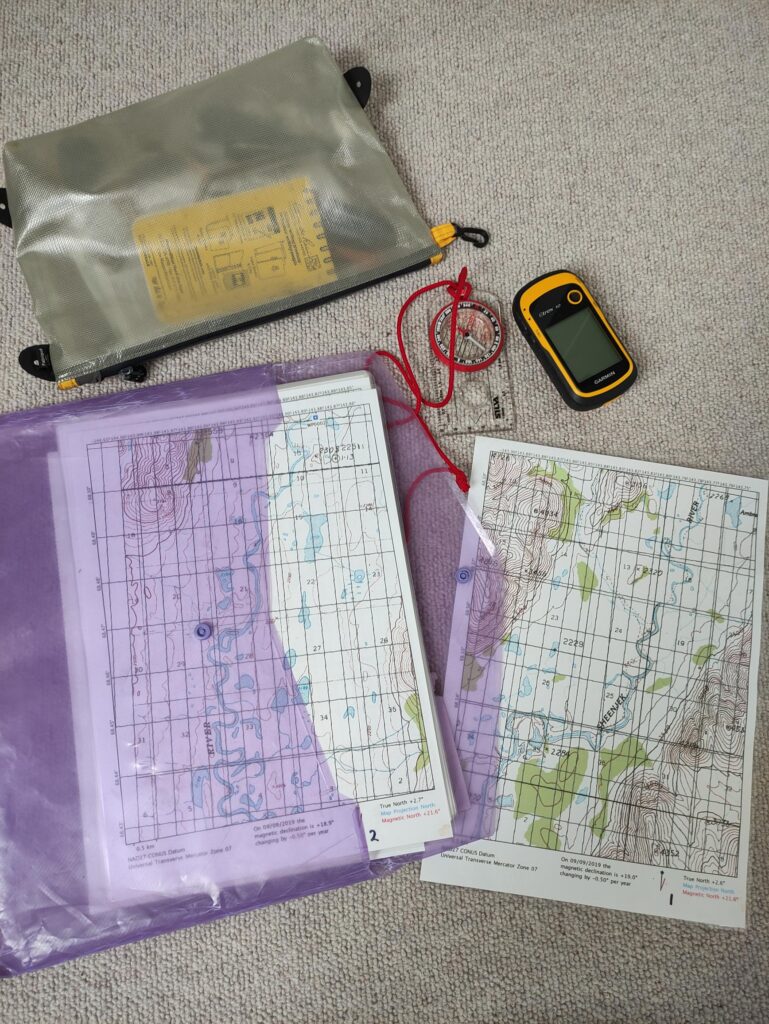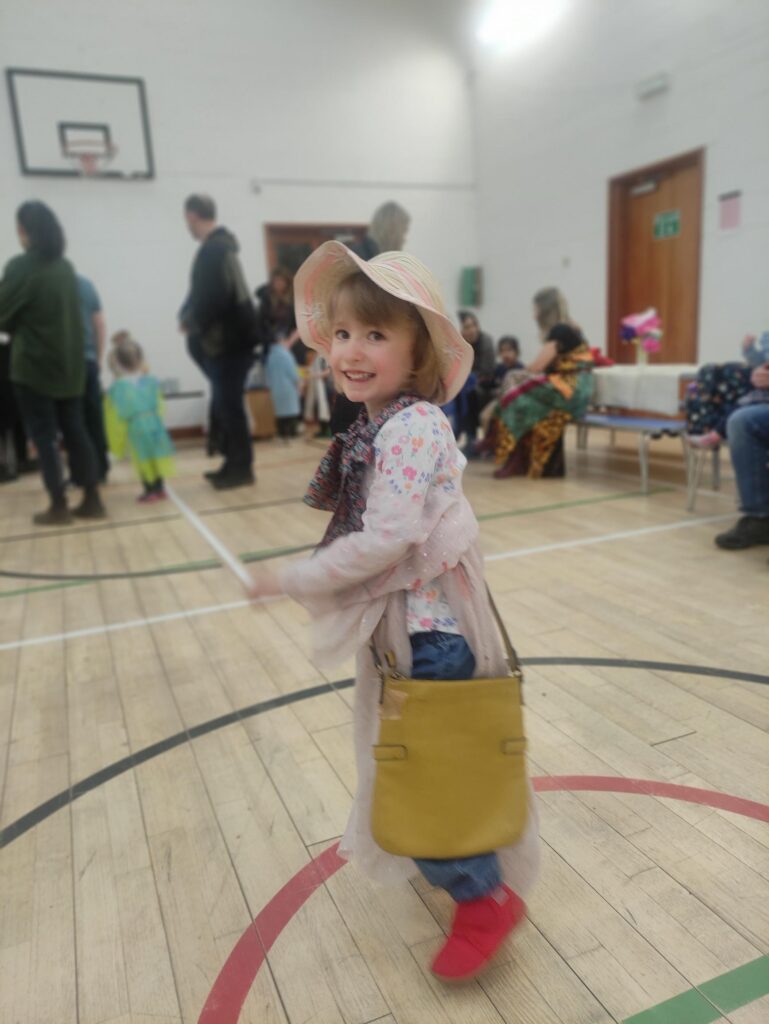In this second blog I will discuss equipment for my remote expedition to Alaska in July and a little more about PWS which is the rare life limiting condition my four year old daughter Robyn has.
Our trip to Alaska and wilderness expedition of the Sheenjek river by canoe is unguided so we are planning every aspect of the trip ourselves. This means planning everything from travel arrangements through to food and all of our equipment. We need to ensure we have everything we need for approximately 2 and a half weeks in true wilderness – there will be no opportunity to resupply.

The most important item is the canoe itself which we have sourced second hand from Alaska. We have been fortunate here as we have been able to buy a ‘Pack’ boat in Alaska which is portable enough to be transported in the small plane which will take us to our starting point. Part of our packing list involves putting together a medical pack which includes anti biotics. We have to allow for as many medical scenarios as possible because short of emergency evacuation (which wouldn’t happen quickly!), we certainly won’t have access to a doctor. In addition to medicine and first aid we also have to take communication equipment including a satellite phone and emergency beacon. From experience gained in mountaineering, I’m used to travelling lightly and whilst this won’t be such a concern in a canoe, not over burdening ourselves with equipment is important. In spite of this some luxuries will be essential! We will each have our own tent and I will certainly have my kindle, a number of audio books and the odd movie (albeit I will have to conserve battery power!). Food is important too, not just from a nutritional perspective but also because its important for morale and we have to ensure we have enough to last our trip. We certainly don’t want to run out!

Prader Willi Syndrome (PWS) is a ‘rare disease’ and as such medicine and diet are things we have to consider for my 4 year old daughter Robyn on a daily basis. The condition is partially treatable and to this end Robyn receives a daily injection of growth hormone which she has received since she was 5 months old. This vital drug helps with muscle tone, height and intellectual development. I mentioned food in the context of planning for Alaska. Unfortunately, food is relevant when discussing PWS too. The infamous hallmark of PWS and probably the most debilitating part of the condition is something known as ‘Hyperphagia’. This is whereby people with PWS develop a feeling of perpetual starvation (a literal feeling of profound starvation) no matter how much the person eats. This has led to PWS being historically associated with obesity and associated negative health complications, particularly because a person with PWS also has low muscle tone. It also unsurprisingly dominates sufferer’s life. Imagine waking up every day feeling like you were starving? Hyperphagia normally develops in later childhood and as such Robyn doesn’t suffer from it yet. However, she has a heightened interest in food. In the meantime, we hope for the best and plan for the worst. Snacks and food portions are controlled, and we avoid non natural sugars and junk food which can trigger insulin levels and thus quicken the onset of hyperphagia. Thankfully medical science may yet provide a breakthrough on this front and a number of promising treatments are under trial. Our hope and prayers are that Robyn will be the first of the generation of those with PWS who are free from the ‘monster’ of Hyperphagia.